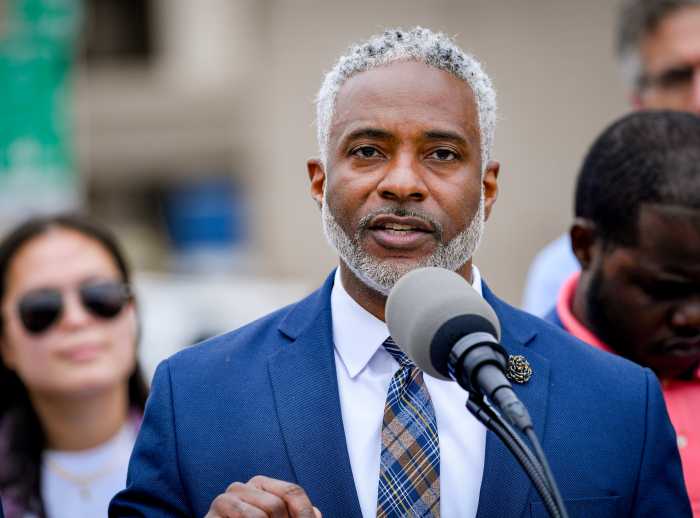By Juan Soto
New York and the metropolitan area were the most important port for American soldiers traveling to Europe to fight in World War I.
And Queens, of course, played a key role in the Great War.
Jamaica Bay was, after all, home to the Rockaway Naval Air Station planes, one of the first of its kind in the United States, according to a new book said. “Seaplanes took off and landed from Jamaica Bay inlet on the north side of the bay,” wrote Queensborough Community College professor Mark Van Ells in his book, “America and WW I: A Traveler’s Guide.”
Van Ells, a history professor at the Bayside college campus, pointed out that what once was the Rockaway Naval Air Station is now occupied by the Jacob Riis Park on the peninsula.
The naval station closed in 1928, and years later, Robert Moses, the city’s 20th century builder, opened Jacob Riis park.
Adjacent to the naval station was Fort Tilden, a coastal artillery facility during the Great War.
“People walked by these places all the time but don’t think about what they meant,” he said.
The 442-page book follows the experience of the American soldier, known as the Doughboy, in World War I from the training camps in the United States to the battlefields oversees.
He takes the reader to war sites on both sides of the Atlantic.
In the Hudson Valley, a memorial in Sleepy Hallow Cemetery honors the 40 men who died as they patroled the valley against German saboteurs. The 1,200-member regiment ensured that New York City and its surroundings had access to water. They were afraid the Germans would poison the water or blow up the aqueducts to cut water supply to New York City.
The Germans blew up a munitions plant and an arsenal that supplied the allies in 1916 in New Jersey. It was known as the Black Tom Explosion, and it set off spectacular explosions that ended in damage of about $50 million.
The professor paid special attention to a place in France called Fismes. That’s where his grandfather’s brother was killed during the war. Van Ells traveled to the site as part of his academic research.
“I was glad to do that,” he said. His relative, Andrew Van Ells, was wounded in the battlefield and died two days later.
“The idea of the book is to learn history by going to historic sites,” Van Ells said. “You try to help people understand history not only in the classroom, but by traveling and getting a more historic context.”
The world is marking the 100th anniversary of the World War I, which stretched from 1914 to 1918, but American soldiers did not go into the battlefields until 1917.
Van Ells hopes the book also raises the awareness of the public about World War I.
In 1930, 12 years after the Allied victory, “a poll showed that 70 percent of Americans thought it was a mistake to enter World War I. They believed the British and the French tricked us into getting involved,” Van Ells said.
Although the Great War turned the United States into a superpower, Van Ells pointed out, “World War I was overshadowed by World War II.”
Reach reporter Juan Soto by e-mail at jsoto@cnglocal.com or by phone at (718) 260–4564.






























